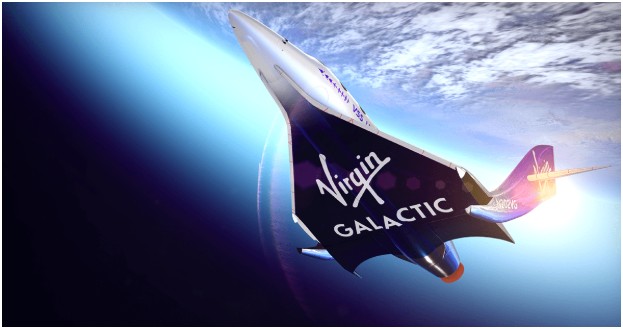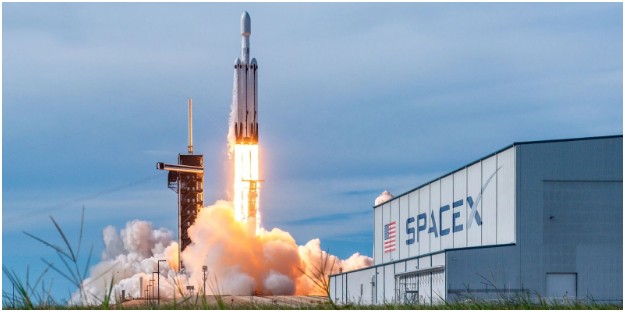For decades, the idea of going to space belonged to astronauts, billion-dollar government programs, and science fiction.
That narrative is now shifting. With the rise of commercial spaceflight, a small but growing number of civilians have joined a once-unreachable club: people who have actually left Earth.
As someone who has spent over 15 years analyzing global economics and the ripple effects of private ventures in public domains, I find the economics of space travel to be more than just a curiosity — it’s a lens into the future of access, inequality, and innovation.
So, how much does it actually cost to go to space? And more importantly, who’s making that journey possible — and why now?
The Real Price of Leaving Earth
Depending on who’s launching you and how far you intend to go, the cost of space travel ranges from the price of a luxury home to the net worth of a Fortune 500 CEO. Here’s what the market currently looks like:
| Company | Type | Estimated Cost | Duration | Altitude | Experience |
| Virgin Galactic | Suborbital | ~$450,000 | ~90 minutes | ~50 miles | Brief microgravity experience |
| Blue Origin | Suborbital | $250K – $500K | 10–12 minutes | ~62 miles | Quick trip beyond Kármán line |
| SpaceX | Orbital | ~$55 million | 3+ days | ~250 miles | Full orbital, Earth observation |

Credit: VirginGalactic.com
What Are You Really Paying For?
As someone who has covered policy decisions with trillion-dollar implications, I’ve learned to read between the lines of pricing. The cost of going to space isn’t just the price of a seat. It’s underwriting an entire operation:
- Pre-flight training with aerospace specialists
- Flight suits and medical evaluations
- Insurance and emergency protocols
- Engineering and fuel costs for reusable or expendable rockets
- Salaries for thousands of aerospace personnel across agencies
In this context, space tourism is less a luxury splurge and more a temporary investment in human infrastructure beyond Earth.
Who Gets to Go?
Despite the headlines about tech moguls and celebrities, the profile of space travelers is slowly diversifying:
- Yusaku Maezawa, a Japanese billionaire, didn’t just buy a seat; he purchased an entire lunar flyby with SpaceX.
- William Shatner, a cultural icon, flew with Blue Origin at the age of 90, representing both nostalgia and progress.
- The Inspiration4 mission sent four civilians into orbit for three days, including a medical worker and an educator.
This evolution reflects a broader trend I’ve seen in tech policy: early access remains exclusive, but each launch paves the way for marginally wider inclusion.
Financing Your Space Dream

Credit: SpaceX
It’s not just about wealth anymore. Organizations like Space for Humanity are actively sponsoring diverse individuals for space missions. Prize draws and corporate sweepstakes have already allowed civilians to board Blue Origin flights.
Still, don’t expect traditional financing routes — like mortgage refinancing — to support your astronaut ambitions. As with most emerging tech industries, philanthropic and promotional access will likely precede any true affordability.
Will Prices Fall?
Almost certainly. We’re witnessing the same curve that shaped the aviation and personal computing industries:
- Reusable rocket technology (SpaceX’s Falcon 9) has dramatically lowered launch costs.
- Increased competition among private firms is putting downward pressure on pricing.
- Advanced materials and automation are streamlining manufacturing and flight safety.
What costs $250,000 today may cost a fraction in a generation. The first commercial flights are expensive not just because they’re rare — but because they fund the road to mass accessibility.

Credit: X
Beyond Tourism: What’s Next?
Companies like Orbital Assembly are already planning commercial space stations. Moon vacations are being discussed for the 2030s. And long-term missions to Mars are inching closer to viability with every SpaceX prototype.
These aren’t marketing gimmicks. They are capital-intensive, multi-decade plans backed by credible engineering talent and investment structures.
As someone who has tracked how private ventures shape public futures, I view these developments less as stunts and more as quiet revolutions in mobility and identity. So, how much does it cost to go to space? Between $250,000 and $55 million, for now.
But the more illuminating question is: what does that investment represent? If you believe, as I do, that space access will define the next era of technological identity, then these prices are not just costs — they are signals.
They tell us who gets to dream at scale, who shapes the narrative of exploration, and who benefits first. The stars are no longer out of reach. But as always, getting there is easier when you’re already standing on high ground.
Frequently Asked Questions
How much does it cost to go to space?
Anywhere between $250,000 and $55 million, depending on the provider and type of mission.
What’s the difference between suborbital and orbital flights?
Suborbital flights briefly cross the edge of space before returning to Earth, while orbital flights circle the planet and last several days.
Which companies currently offer commercial spaceflights?
Virgin Galactic, Blue Origin, and SpaceX are the leading providers.
Can civilians go to space without being billionaires?
Yes, some programs offer sponsored missions or sweepstakes for qualified civilians.
What kind of training is required before going to space?
Training ranges from basic physical preparation for suborbital flights to intensive astronaut-level training for orbital missions.
Are there any age or health restrictions?
Yes. All providers require a medical exam, and age or health issues may disqualify some individuals.
Is space tourism safe?
While safety standards are improving, risks remain. Space travel involves significant physical and technical challenges.
Will space travel become affordable in the future?
Likely. Reusable rockets and competition are driving costs down over time.
Are there any upcoming innovations in space tourism?
Yes. Projects like orbital hotels and lunar trips are already in planning stages.
Is insurance available for space travelers?
Yes. Specialized insurance covers accidents, cancellations, and health issues during spaceflights.







